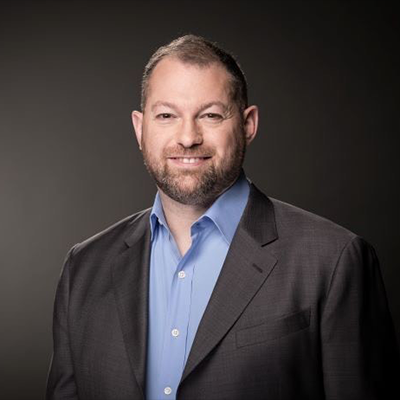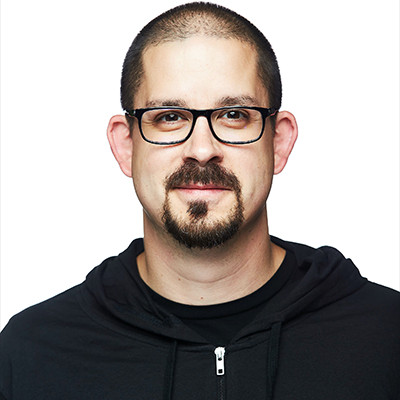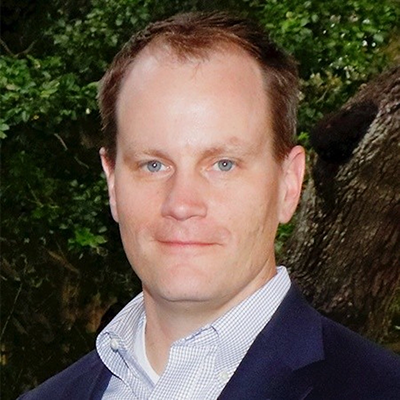Q1. Synopsys Inc.'s latest edition of its Building Security in Maturity Model (BSIMM) report showed that many organizations have begun adopting a "shift everywhere" approach to software/application security. What exactly does shifting everywhere mean and what's driving the trend?
In traditional development models of the past, the best opportunity to reduce risk was to use dynamic application security testing (DAST) and pen testing just before production to find exploitable vulnerabilities in software. Testing at production is time-consuming and remediation can delay delivery. This is why we’ve seen organizations shift testing efforts earlier—left—in the software lifecycle. Doing static application security testing (SAST) on source code to remediate defects during development means that doing DAST and pen testing later in the cycle should uncover fewer problems, which means software can go to production in a timely manner. It’s also far cheaper to fix issues earlier in the process.
Now that organizations have seen “shift left” creates better software a little faster, they’re asking what other security activities can they move earlier in the development cycle? So, they’re adding threat modeling to the design phase, software composition analysis (SCA) to the build phase and fuzzing to the QA phase. Each of these security activities removes more defects. Software engineering has evolved into new tool chains, CI/CD, and DevOps. Building engineering workflows to automate software security “everywhere”—from the left and the right ends of the development lifecycle —means that there are more opportunities for integrating tools and for reducing the friction associated with those tools. In other words, we can now shift everywhere and carry out AppSec testing as early as possible for any kind of software artifact anywhere in the software lifecycle.
We see that evolution in the Building Security In Maturity Model (BSIMM) community of participating organizations. AppSec programs are spending more time putting testing and guardrails into their software lifecycles. They’re integrating testing results directly into developer workflows. They’re automating production sensors that tell when software is misbehaving. They’re creating bills of materials for software in developer workflows and using that as an input to risk management. The combined effort of the AppSec team and the engineering teams are really improving AppSec programs by embracing a shift everywhere mindset.
Q2. What kinds of tools and capabilities do organizations need to implement a truly scalable shift everywhere approach? Can organizations use their existing SAST and DAST tools or is there a need for other tools/capabilities as well?
“Shift everywhere” is less about tools than it is a mindset. It’s about development, security, and operations teams applying a variety of AppSec tools and techniques at multiple stages of the application lifecycle. The old model of confining AppSec testing to an activity done late in the development process by a dedicated team doesn’t work in a world where software release cycles are measured in weeks, days, or even hours. To address this, teams have “shifted left” by integrating and automating security testing into their development workflows. Doing this allows teams to find and fix security issues earlier, faster, and more cost-effectively.
But, performing security testing upstream during development doesn’t mean you don’t still need to run security tests downstream in production. A side-effect of the increasing complexity and velocity of software development is that teams may not have time to address every vulnerability they discover before they release their software to production. And other vulnerabilities may not be detectable until the software is deployed and running. So, teams also need to be “shifting right,” testing applications in production, both to validate upstream security tests but also to detect vulnerabilities in running applications before they can be exploited.
Can teams use their existing tools? Maybe, but they are likely to find that the tools that worked well for highly skilled security analysts aren’t well suited for use by developers on the left or operations teams on the right. You need to make sure development, security, and operations teams have the right AppSec tools for their needs, and aggregated visibility across all phases of the lifecycle. Doing this at scale means you need to choose tools for developers that they’ll adopt and use consistently; tools for DevOps which can be effectively integrated with existing toolchains and workflows; and tools for operations teams that can safely and continuously test production applications at scale.
Q3. What is Synopsys' focus at Black Hat Europe 2022 going to be? What do you have lined up for customers and security executives at the event?
Digital transformation continues to be a trend that organizations are undertaking to drive competitive advantage and often software is the enabler of this transformation. Software introduces new ways of doing business, but it also introduces risk. These risks include poor software hygiene, security, and reliability, and they arise because companies do not prioritize security when developing, procuring, and managing their business-critical software.
And the scary fact is that these software vulnerabilities can expose customer data and intellectual property and expose companies to financial and legal risk. Seemingly innocuous flaws can quickly escalate into existential threats to a business. Reputational, financial, and legal damage can result if risk isn’t controlled.
That’s why it’s important to establish trust in how your software was designed, built, and tested — whether it was developed in-house or procured from a third party — because once you deploy or use the software, you own the risk that comes with it.
Most software security companies are reactive — and only address risk after it’s too late. At Synopsys we turn that upside down by offering a holistic security approach that establishes trust early and maintains it so organizations can stop reacting and instead focus on driving their business forward. By creating a systematic way of developing software securely, it becomes a trusted asset rather than something that is suspect by default.
During Black Hat Europe, Synopsys expert, Steven Zimmerman, will present actionable guidance in his session entitled, “Building Security into DevOps Without Breaking It.” We hope that you will stop by booth #300 as well where you can learn more about Synopsys and how we can help you build trust in your software.








